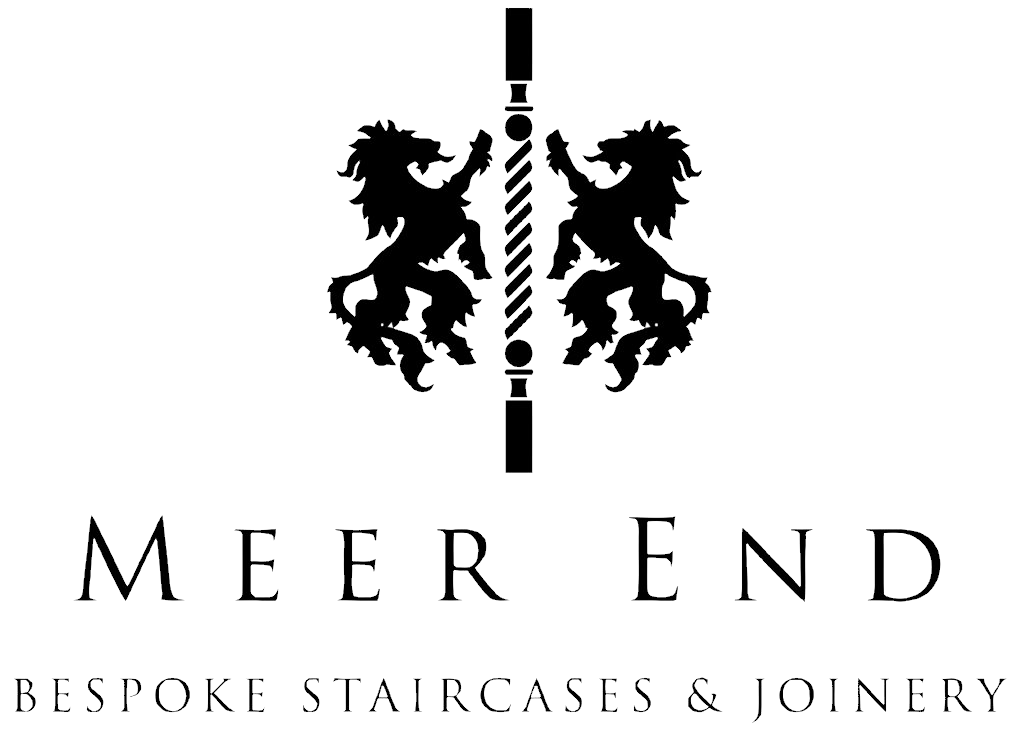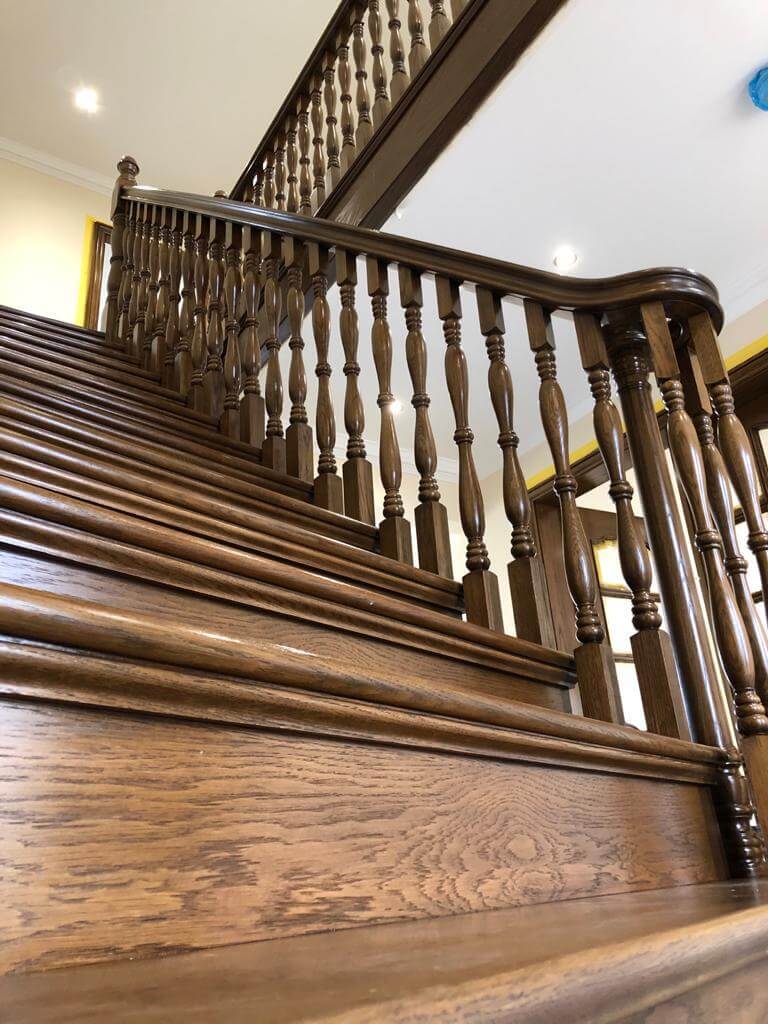Every home has a centrepiece — a feature that draws the eye and quietly defines the character of the space. In many British homes, that role belongs to the staircase. Among the many styles that have come and gone, traditional staircases have never truly left fashion. They continue to reflect craftsmanship, proportion, and an appreciation for detail that speaks of permanence.
The Enduring Language of British Craftsmanship
Traditional wooden staircases are rooted in the same design language that shaped Georgian and Victorian architecture. Their elegance comes from well-understood geometry: the rise and going of each step, the gentle rake of the handrail, and the rhythm created by turned spindles or solid newel posts.
A skilled joiner understands that a staircase isn’t simply assembled — it is composed. In oak, ash, or walnut, every component contributes to a sense of structure and calm. When properly finished, the grain of the timber catches light differently throughout the day, giving life to an element most of us use without a second thought.
At Meer End, these principles guide every project. Each bespoke traditional staircase is hand-made to suit the proportions and architectural language of its setting, whether that’s a converted farmhouse or a listed townhouse.
Every staircase we create is individually crafted to suit its architectural setting. You can view examples of our workmanship in the Traditional Staircases Gallery, where each design reflects the same principles of proportion, material, and finish.
Why Traditional Designs Still Feel Contemporary
The quiet strength of traditional staircases UK lies in their flexibility. A closed-string staircase with painted spindles can complement a minimalist interior just as readily as it does a country house. Equally, a cut-string design with a sweeping handrail brings a sense of theatre to an entrance hall without appearing ostentatious.
Unlike many modern materials that chase novelty, traditional oak staircases reward the eye with familiarity. Their lines feel instinctively correct — grounded in centuries of proportion studies and practical experience. Architects often return to these designs precisely because they harmonise with almost any interior scheme.
Timber: The Heart of Traditional Staircase Design
Wood remains the defining feature of these staircases, and oak has long been the preferred choice for its balance of strength and character. It machines cleanly, takes stain beautifully, and matures gracefully. Other species such as ash or beech introduce lighter tones and subtle variation, ideal for interiors that need warmth without heaviness.
When constructing staircases with traditional panels, the craftsmanship extends beyond visible surfaces. Mortise-and-tenon joints, precision dovetails, and careful hand-finishing ensure longevity. These techniques, though labour-intensive, are what set handcrafted work apart from mass-produced alternatives.
The result is a piece of permanent furniture — not merely a means to move between floors, but a tangible link between levels of the home and between generations of its occupants.
Balustrades, Detailing, and the Role of Proportion
The balustrade is often where personality emerges. Delicate turned spindles, solid square balusters, or slender metal infills each offer a different character, yet remain faithful to staircases traditional design principles. The choice of detail determines whether a staircase feels formal, rustic, or quietly refined.
Good proportion is what keeps traditional designs timeless. The curve of a volute, the taper of a spindle, or the spacing between newel caps all obey classical ratios that have guided British joiners for centuries. These details are not arbitrary decoration; they are geometry translated into wood.
Maintenance and Longevity
Another reason traditional wooden staircases endure is their ability to age gracefully. Timber can be refinished, joints tightened, and treads restored — unlike synthetic materials that degrade or go out of production. Many staircases built over a century ago still serve daily use, a testament to the sustainability of traditional methods.
For period properties or listed buildings, restoration work must respect original construction. The craftsmen at Meer End often replicate hand-turned components or rebuild sections using matching hardwoods so that new work blends seamlessly with old. The result maintains both safety and heritage value.
A Heritage That Fits Modern Living
While technology has transformed much of modern construction, the essential process of crafting a bespoke traditional staircase remains rooted in hand skills. Computer-aided design may help define the geometry, but the actual shaping, sanding, and fitting still rely on touch, eye, and experience.
These staircases endure because they suit how people live. They offer familiarity, comfort, and a sense of continuity — qualities that resonate as strongly in a new build as in a manor house. Homeowners recognise that true craftsmanship never dates; it only gains character.
For inspiration and examples of this approach, explore Meer End’s bespoke traditional staircases or visit guidance from Historic England on maintaining traditional joinery in period homes.
FAQs
What defines a traditional staircase?
A traditional staircase follows classical design principles using timber such as oak or ash, featuring balanced proportions, turned spindles, and detailed joinery.
Are traditional staircases suitable for modern interiors?
Yes. They provide warmth and craftsmanship that soften minimalist spaces and can be finished in lighter tones for a contemporary balance.
What is the difference between a closed-string and a cut-string staircase?
A closed-string hides the tread ends for a formal look, while a cut-string exposes them, creating a more decorative profile.
How should a traditional wooden staircase be maintained?
Regular dusting, gentle cleaning, and refinishing every few years protect the wood and maintain its sheen without altering its character.
Which wood is best for a traditional staircase in the UK?
Oak remains the preferred choice for strength and grain definition, though walnut, ash, and beech are also popular in bespoke designs.
Can traditional staircases meet modern building regulations?
Absolutely. When properly designed, traditional layouts comply with current safety standards while maintaining their period charm.
Do traditional staircases add value to a home?
Yes. Quality joinery and natural materials create an impression of craftsmanship and permanence that often enhances property value.
In Closing
The appeal of traditional staircases has little to do with fashion and everything to do with balance, craft, and authenticity. They remain a hallmark of British homes because they are built to last and to belong. A staircase made with skill and care is never outdated — it simply continues to serve, gracefully.
To explore designs that capture this spirit, view Meer End’s range of bespoke traditional staircases or contact the workshop to discuss a design built around your home.



